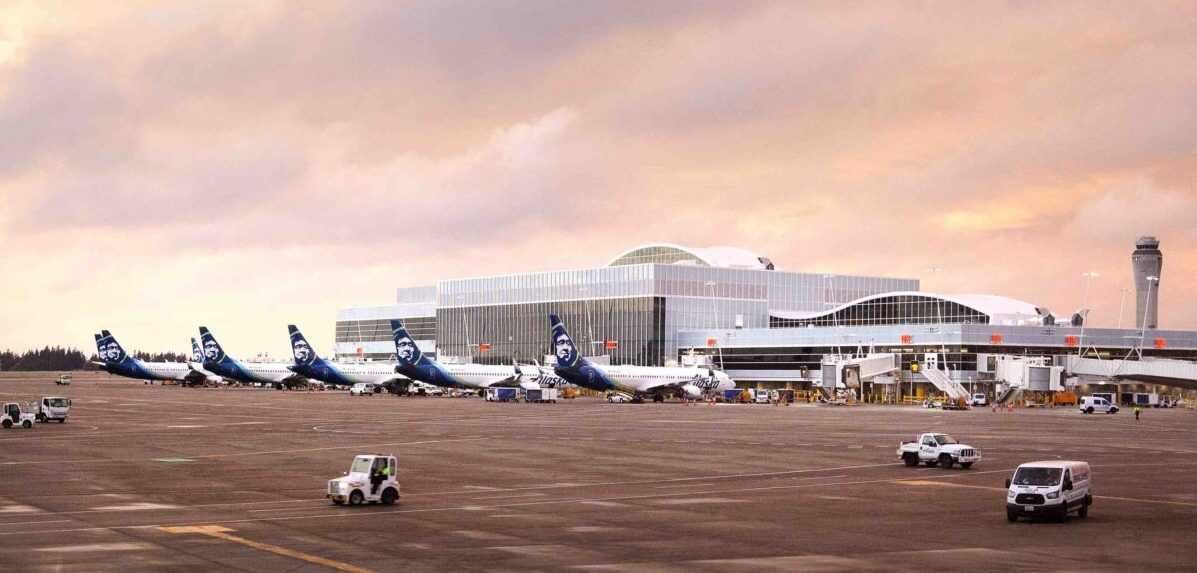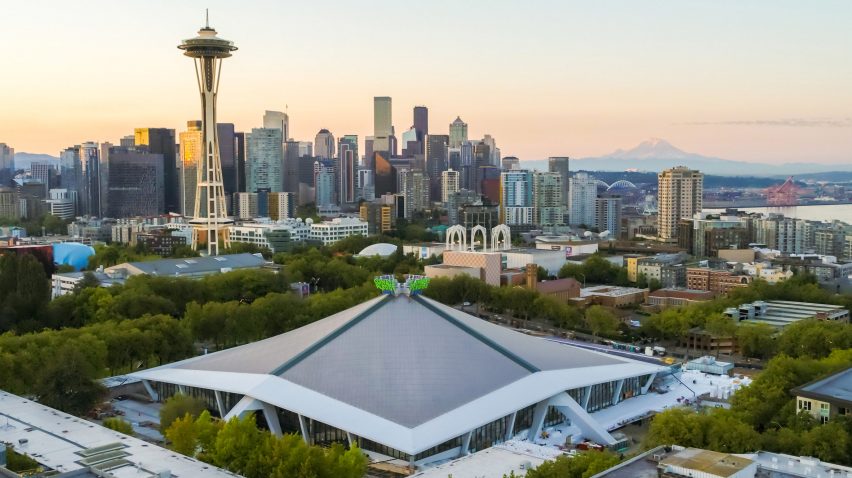The Puget Sound Business Journal reported on Aug. 5, 2021 that demand for office space in Seattle was 29% down from pre-pandemic levels, while demand in other cities has almost returned to normal. The View The Space Office Demand Index (VODI) reports that this is primarily due to two reasons: local employers not requiring return to the office and lack of job postings versus pre-COVID job postings.
There may be other reasons why Seattle is so far behind.
With tech giants like Microsoft, Amazon, Google, and Facebook not asking their employees back to the office until the fall of this year, offering either fully or partially remote workplaces, demand for office space may not return to pre-pandemic levels anytime soon.
Another factor, in part for smaller Seattle office space businesses whose employees now work remotely, is the inability for those companies to terminate long-term office leases without penalty. It is unclear how many companies have long-term leases and are in this situation. If these leases are up for renewal, will they be renewed at all?
In the commercial real estate market, letting rates could rise if these leases are canceled by companies that no longer need the space. This won’t be reflected in the market for the next 12 to 18 months when leases that began before the pandemic lockdowns hit their due dates. In contrast to suburbs and rural areas, where space can more easily be repurposed for storage and light industrial uses (a market segment that has performed particularly well during the pandemic), downtown office skyscrapers are more difficult to change to accommodate new uses will.
Realizing that zone restrictions could limit recovery, Seattle Mayor Jenny Durkan announced Monday that a temporary 12-month ordinance will allow alternative uses for the more than 450 street stores that lockdown the city during the pandemic closed or left.
Despite predictions that companies may downsize their office-bound workforce, companies that expect some physical presence will need additional space per employee to meet new work and safety standards for social distancing. This may be enough to stem the potential brain drain, but it is a long way to go.
It is estimated that the increase in teleworking even after returning to the office is around 20% of the workforce. The VODI reports show that while Seattle does not have the highest number of tech remote-friendly workplaces, San Francisco deserves the honor, but is rated as one of the cities with the highest number of remote workers.
Not reflected in the VODI job report, which might specifically explain the much higher vacancy rates in Seattle, is the impact of the rise in homelessness and lawlessness in Seattle over the past 24 months. The problems have caused employers to rethink their plans before returning to office space in Seattle’s central business district. Hundreds of businesses have moved from downtown Seattle to more business-friendly cities in Puget Sound. The Seattle Business Tax also distributes Seattle companies.
As the Washington Policy Center predicted over a year ago, remote work will become more common for many workers, and hybrid roles with partial days in the office will change the footprint of many companies.
What is clear is that the commercial real estate market in Seattle is changing. What is not so clear is whether pre-pandemic occupancy levels will recover, and if so, how long it will take.







:quality(70)/cloudfront-us-east-1.images.arcpublishing.com/cmg/BPEI2QQ76SHPPOW6X6A6WHEGX4.jpg)
















:quality(70)/cloudfront-us-east-1.images.arcpublishing.com/cmg/GLQND2AXQQO2G4O6Q7SICYRJ4A.jpg)




